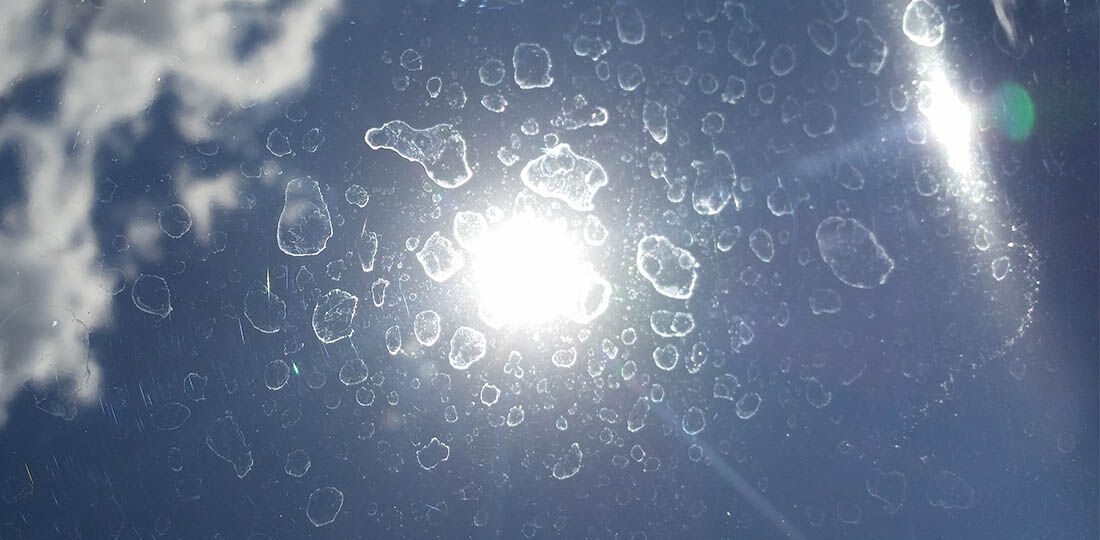
The Truth About Water Spots: Causes, Composition, Prevention, and the Role of Ceramic Coatings
Water spots are one of the most misunderstood issues in vehicle appearance maintenance. They’re unsightly, stubborn, and, if left untreated, can cause permanent damage to your vehicle’s paint. Whether you’ve invested in a professional ceramic coating or just hand-waxed your car, the truth about water spots is this: they’re caused by how you care for your vehicle — not by the coating or product applied to protect it.
With over a decade of experience in professional detailing, paint correction, and ceramic coating installation, we’ve dealt with every level of water spot damage imaginable. This article is your complete guide to understanding what water spots really are, how they form, what causes them, why some cars are more vulnerable than others, and how to properly prevent and remove them.
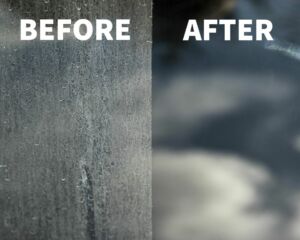

What Are Water Spots?
Water spots are mineral deposits left behind after water evaporates on a vehicle’s surface. When water droplets dry — whether from rain, sprinklers, hoses, or even hand washing — they leave behind dissolved minerals that etch into the clear coat. These deposits can bond tightly to the surface, leading to visual blemishes and even chemical etching.
There Are Two Primary Types of Water Spots:
-
Mineral Deposits (Type I Water Spots)
These are the most common and are made up of calcium carbonate (CaCO₃), magnesium, iron, silicates, and other trace elements depending on the water source. When the water evaporates, these minerals are left behind, appearing as white or cloudy rings, especially visible on dark paint. -
Etched Water Spots (Type II Water Spots)
If left untreated, mineral deposits can bond with the surface and chemically etch into the clear coat, creating permanent damage. This often requires paint correction or wet-sanding to remove.
Water Spots Are Not Caused by Ceramic Coatings
Let’s make one thing perfectly clear:
Ceramic coatings do not cause water spots.
In fact, coatings help protect against mineral bonding by creating a hydrophobic (water-repellent) layer. However, because ceramic coatings increase surface tension and encourage water beading, droplets tend to stay more rounded. If these beads are left to dry in the sun or in hot environments, they can leave behind more concentrated mineral deposits.
This leads some car owners to falsely believe that water spots are caused by the coating — but that’s not reality. The difference is that:
-
On a waxed or unprotected vehicle, water sheets more and spreads out. Spots still form — they’re just less defined and sometimes less visible.
-
On a ceramic-coated vehicle, water beads more tightly. The droplets are smaller, more rounded, and when they dry, the minerals are left in a smaller, more concentrated area, making the spots more visible.
Again:
Water spots are not a failure of the coating — they’re a failure of maintenance.

The Real Cause: Maintenance Habits
Water spots occur because of how a vehicle is maintained post-wash or post-exposure to water. If you allow water to sit and dry in direct sunlight, especially on a hot panel, spotting is inevitable.
Unless you’re dealing with acid rain or environmental fallout, the sole responsibility falls on the car owner. Sprinkler systems, improper rinsing, leaving the car wet in the sun — all of these are maintenance mistakes, not product or installer failures.
Let’s be blunt:
If you get water spots after a ceramic coating, you did something wrong.
Where the Minerals Come From
Both city and well water contain mineral content, often referred to as “hard water.” These minerals vary depending on your location but generally include:
-
Calcium carbonate (CaCO₃) – Responsible for hard, chalky deposits.
-
Magnesium (Mg²⁺) – Increases hardness and leaves residue.
-
Iron (Fe) – Can cause rust-colored staining.
-
Silicates – Present in both treated municipal water and groundwater sources.
-
Chlorine and fluoride – Added in city systems for sanitation but can affect drying behavior.
Even treated county water systems add minerals for pH balancing and public health, which still contribute to spotting when left to dry.
Sprinkler systems are a major culprit due to their reliance on untreated or semi-treated water sources. These droplets hit your vehicle in large, random splashes, often in high heat — a recipe for water spots.
Why Dark Cars Show Water Spots More
Dark-colored vehicles are more prone to visible water spotting for several reasons:
-
Higher contrast: White mineral deposits are more visible on black, navy, and charcoal paint.
-
Heat retention: Dark paint absorbs more heat from the sun, accelerating the evaporation of water droplets and concentrating minerals.
-
Optical clarity: On darker finishes, the clear coat acts like a magnifying lens, making even light defects more noticeable.
This means darker vehicles require even more diligent drying and maintenance habits to stay spotless.


Prevention Tips From a Professional
Here’s how to prevent water spots — the right way:
-
Use filtered or deionized water when washing your vehicle.
-
Dry thoroughly and immediately after washing or rinsing. Use plush microfiber towels.
-
Avoid washing in direct sunlight or on hot surfaces.
-
Install water softeners or filtration systems at home if washing frequently.
-
Never park near active sprinkler systems or under trees prone to dripping sap or moisture.
-
Top your coating with a sacrificial topper to increase hydrophobicity and act as a buffer layer.
So, You Already Have Water Spots?
Don’t panic. We offer both DIY-friendly guidance and professional services:
-
DIY Options: We carry water spot removers and ceramic-safe products for light spotting.
-
Professional Services: For etched or stubborn water spots, we offer spot polishing, paint correction, and hydrophobic topper reapplication to restore and protect your finish.
 Proof From My Own Garage
Proof From My Own Garage
I’ll let you in on something personal: I’ve owned multiple black vehicles over the last 10+ years — including high-end models that any enthusiast would lose sleep over — and not a single one has suffered from water spot damage.
And here’s the kicker:
Every one of those vehicles was parked outdoors, 24/7, 365 days a year. No covers, no shelter — with the exception of one that got the climate-controlled garage treatment.
Why no water spots? Because I follow the exact care principles I preach here. I dry thoroughly, avoid sprinklers like the plague, never wash in direct sun, and maintain a regular wash and protect routine.
If I can keep dark-colored cars spotless in the harshest outdoor conditions, you can too — it just comes down to how you care for your vehicle.
Final Words From the Pros
After 10 years in the industry, we’ve seen thousands of vehicles come through our doors. And in every single case of water spotting, the root cause was always one thing: improper maintenance. Not the coating. Not the detailer. Not the product. It’s how the owner cared for the vehicle after protection was applied.
Ceramic coatings are one of the best investments you can make in protecting your vehicle’s finish — but they are not a substitute for care. They are an aid. A tool. And like any tool, it must be used correctly to be effective.
Have water spots? Need help? Want to prevent them from ever forming again?
We’re here to help — whether you’re a hands-on enthusiast or looking for professional intervention, OCDetailing has the solution.
Free Quote
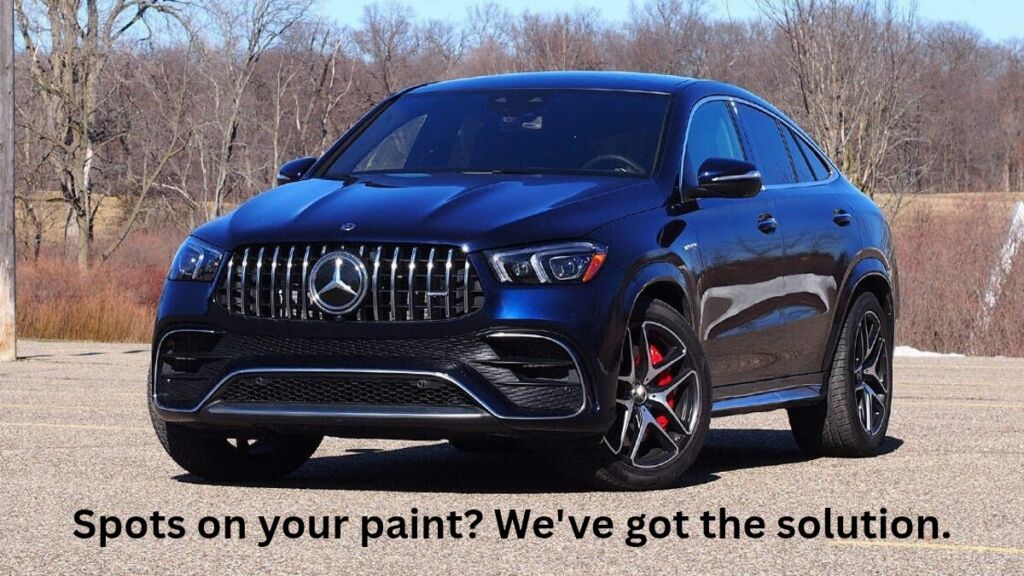
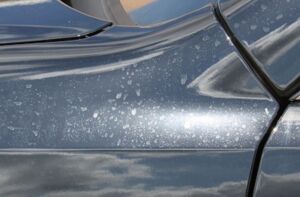
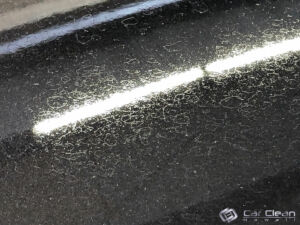
 Proof From My
Proof From My